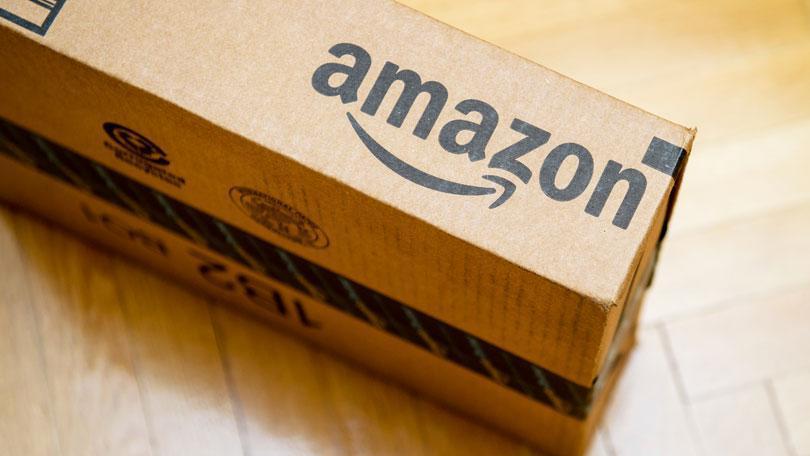Amazon is crushing traditional banks on loyalty scores: Study
Just as rumors have been swirling since March that Amazon is in talks with some of Wall Street’s biggest banks to launch its own basic checking account for customers, a new survey finds that a majority of Americans would favor banking with the e-commerce giant to banking with traditional banks.
According to a new study released from Bain & Co., Amazon scored higher than both regional and national banks on consumer loyalty, coming in second behind the USAA.
What’s more, among Amazon Prime respondents polled, 65 percent say they would be willing to try a free online bank account from the retailer. Even among people who aren’t members, 37 percent say they would be willing to give it a shot.
Bain, who polled more than 6,000 Americans for the study, found that overall Amazon customers are quite valuable, controlling 75 percent of U.S. household wealth, and account for about 75 percent of the wealthiest households’ assets.
The consulting firm added that if banks want to stay competitive, they need to become more “simple and digital.”
In March, The Wall Street Journal first reported Amazon’s interest in creating a “checking-account-like” product for its customers. JPMorgan Chase was quoted as one of the frontrunners but no formal decisions have been made. However, sources told the Journal that the final product would be pegged to appeal to young customers and those with bank accounts, though sources did stress that the move isn’t an attempt for Amazon to become a bank.
Amazon already offers a branded Visa for its members that, among other benefits, allows customers to save money on purchases at both Whole Foods and on Amazon.com, with a 5 percent cash-back on Prime purchases. But a new checking account service would essentially entrench the Seattle-based company even further into the lives of its customers.
Yet another survey in March by LendEDU, an online marketplace for student loan refinancing, found that roughly 45 percent of respondents were open to the idea of using Amazon as their primary banking account, while 49.6 percent would use a savings account created by the company.




















